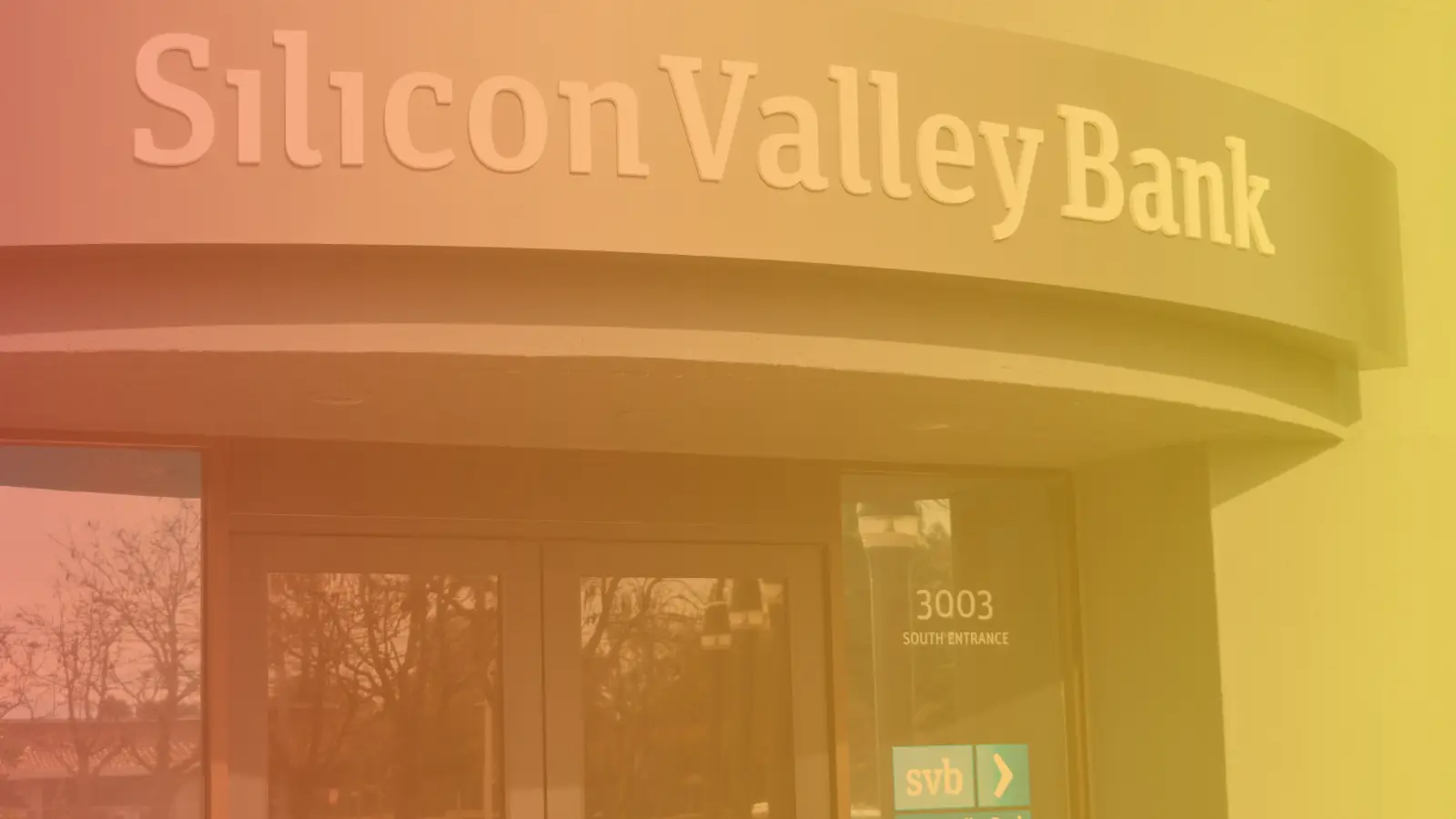Wicked Problems: Where to Begin?
To have a deep Insight, we must first ask the right question, which speaks to our emphasis on the Discovery phase of our work.
A quick check of a “good question,” is,
“Are we pursuing a ‘wicked problem’?”
Wicked problems have high levels of ambiguity, involve incomplete information, include stakeholders with conflicting values, and the impact of a “bad” solution can make the initial problem worse.
In this series, we will share some common themes among insights generated from our work across industries, geographies, and cultures.
Is Inflation a Wicked Problem?
Inflation is a Wicked Problem. As consumers, inflation is highly ambiguous; we cannot name its inputs or causes. The information used by the Federal Reserve to set policy is unknown to most consumers, backward-looking, and often unclear even to policymakers. Furthermore, the process is conducted behind closed doors and although the Fed is “independent,” executive and legislative priorities reflect conflicting opinions that have an impact on the Fed’s thinking.
Most importantly, choosing the wrong path can make the situation worse. In our opinion, gasoline at $7 per gallon (because of market forces, not due to environmentally-minded initiatives) is a bad outcome.
Into Action: Using the Empathy Map
To bridge the gap between the Fed’s intangible policy actions and the tangible impact of gasoline prices, we use the empathy map. This tool, developed by David Gray, separates our observations of users into four buckets: say, do, think, and feel.
When listening to an interviewee, we become fixated on capturing their words; however, balancing their words against visual observations is important. For example, an interviewee may say they are concerned about inflation, but they do not change their driving habits.
This “say/do” contradiction should drive our urgency towards a deeper understanding of the current state.
Interested in learning how we do it? Schedule your Discovery Call to learn more.
We look forward to learning more about your work and how design thinking can help.



